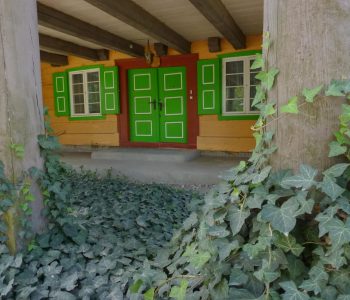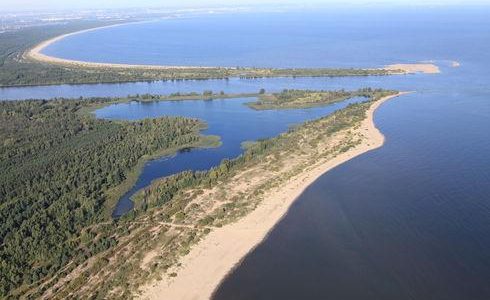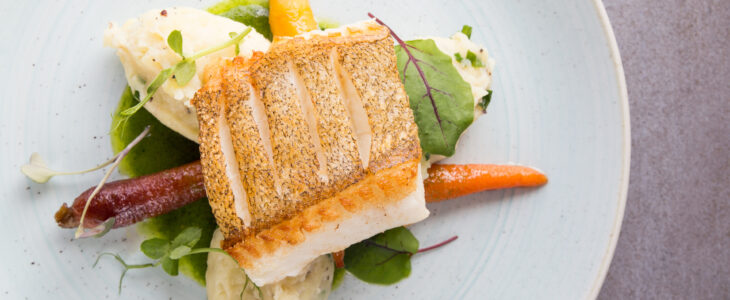Due to the efforts of the Duke of Gdansk Msciwoj and his wife Zwinslawa, there was issued a fundraising act for the Norbertines granting them initially four villages. Supposedly, the construction of the monastery in Zukowo began in 1212, and shortly after the first nuns appeared. Since then the development of the village was closely linked with the monastery farm. The monastery from the beginning ran a female school for daughters of patricians of Gdansk. At school girls were taught sewing, embroidery of the canonicals and Kashubian folk embroidery today known as “Zukowo school” that has survived in such form till present times. The rule of the Norbertine monastery was strict and they were obliged to fast.
The Norbertines of Zukowo possessed over the centuries several lands and properties such as the brewery, sawmill, brickyard, the mills; they also had the right to fish in the Radunskie lakes. The wars in 17th and 18th centuries destroyed Zukowo. Prussian regulations from 1810 and 1815 left Zukowo convent to wither itself, as they banned novitiate, the admission of new nuns and the election of the prioress.
The monastery existed till mid 19th century. The cassation of the monastery was done on behalf of the Prussian government in 1834 by a landrat from Kartuzy Stein. Ten nuns were left to themselves on a life sentence. The last nun Agnieszka Bojanowska died in 1862 at the age of 81, and it was her who ,till the end of her life, run a monastery chronicle, and passed to the village embroiderer the art of embroidery, the legends and stories from the life of the monastery.
The post-monastery church comes from the 13th-14th centuries and is the oldest sacral building in Kashuby. This wonderful shrine includes:
The main altar – the late Renaissance, gilded, three-storey construction, made from carved polychromed wood. In the central part there is a painting from Herman Han workshop depicting Assumption of the Blessed Virgin Mary – the patron of the church.
Triptych from Antwerp – an altar dated 1515-1525, late Gothic , from the Antwerp altar type characterized by a luscious figurative carving,
Baroque baptistery from 2nd half of the17th century , made of polychromed and gilded wood,
A Gothic crucifix – Gothic polychromed sculpture of a crucified Christ from about 1360,
Altar of St.Mary – a Baroque side altar originally made in the first half of 17th, enlarged in the first half of the 18th century.
A painting commemorating murdered Norbertine nuns – a mural on the southern wall depicts the nuns that were murdered by the pagan Prussians during the attack in 1224,
A Baroque pulpit and empora of the nuns.














